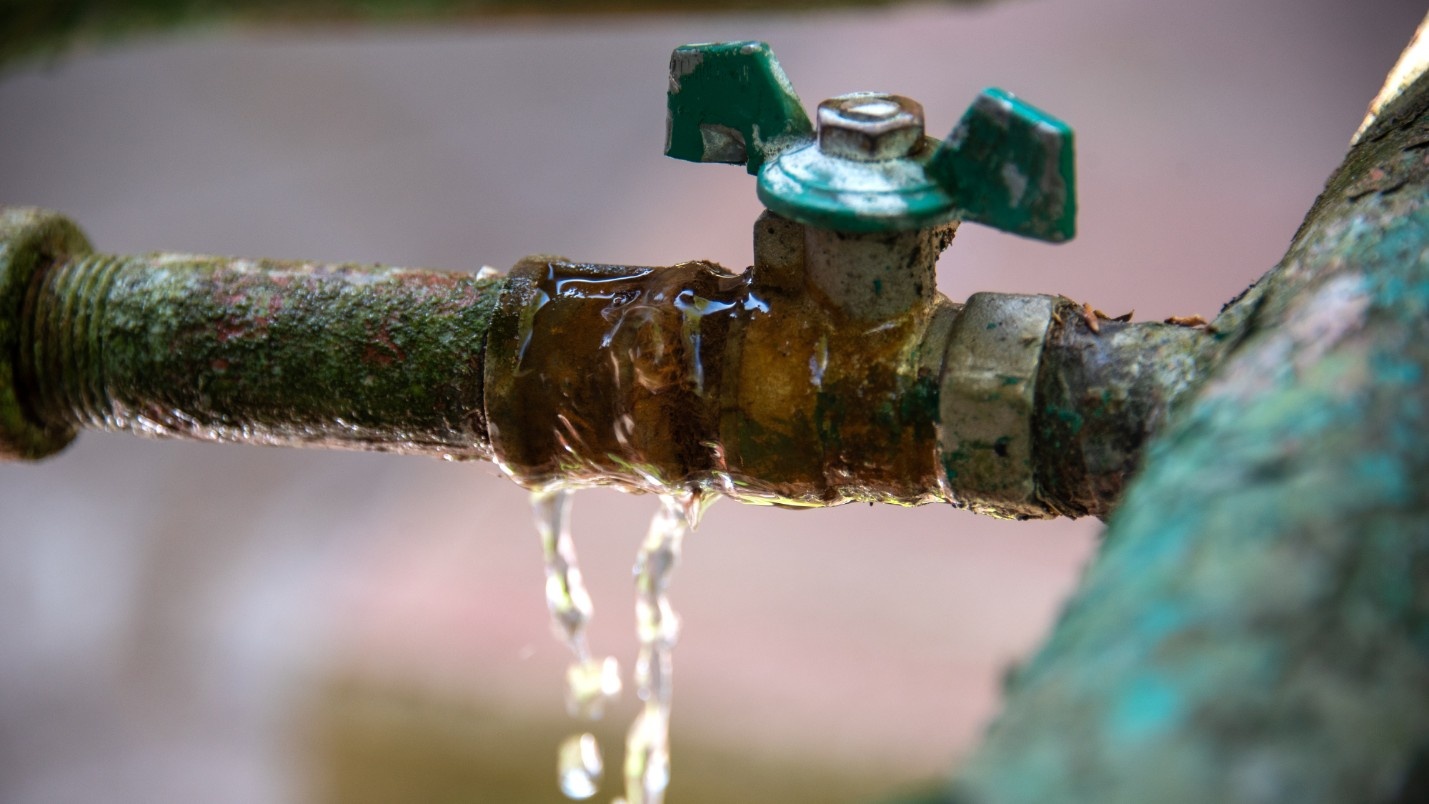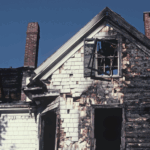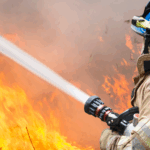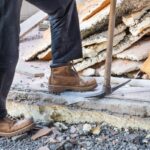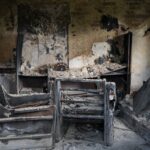Water damage is one of the most common and costly issues homeowners and businesses face. Whether caused by heavy rain or a malfunctioning appliance, water damage can lead to structural problems, mold growth, and costly repairs if not addressed properly. However, not all water damage is the same. Professionals categorize water damage into different categories and classes to determine the level of contamination and the extent of the damage.
In this guide, we’ll break down the three categories and four classes of water damage Sonoma County to help you understand the severity of a water damage situation and why immediate action is necessary.
Water Damage Categories: Understanding Contamination Levels
Water damage is classified into three categories based on the level of contamination. These categories help to know if water damage is serious and what precautions need to be taken during cleanup and restoration.
Category 1: Clean Water
Category 1 water damage involves water that originates from a clean and sanitary source. This type of water is not considered hazardous to humans or pets and does not pose immediate health risks.
Common Sources
- Broken or leaking supply pipes
- Overflowing sinks or bathtubs with clean water
- Malfunctioning appliances like refrigerators or water heaters
- Rainwater that has not yet mixed with contaminants
Risks and Concerns
Although Category 1 water is safe initially, it can quickly degrade into Category 2 or 3 if left untreated. Standing water creates the perfect environment for bacteria, mold, and other pathogens to grow.
Restoration Approach
- Remove excess water immediately
- Dry affected areas using professional-grade air movers and dehumidifiers
- Monitor for any microbial growth to prevent escalation
Category 2: Gray Water
Category 2 water, commonly referred to as gray water, contains a moderate level of contamination. It may contain chemicals, microorganisms, or other harmful agents that can cause discomfort or illness if ingested or exposed to skin for extended periods.
Common Sources
- Overflow from washing machines or dishwashers
- Sump pump failures
- Toilet overflows (without feces)
- Seepage from hydrostatic pressure
Risks and Concerns
Exposure to gray water can lead to skin irritation and illness due to the presence of detergents, oils, or other contaminants. If left untreated for 24–48 hours, gray water can progress into Category 3 due to microbial growth.
Restoration Approach
- Wear protective gear such as gloves and masks
- Extract water and dispose of contaminated materials
- Disinfect and sanitize affected areas
- Use drying equipment to remove excess moisture
Category 3: Black Water
Category 3 water, known as black water, is highly contaminated and poses serious health risks. This category is considered a biohazard contamination. It contains harmful bacteria, fungi, viruses, and toxic substances, making it extremely dangerous to handle without professional expertise.
Common Sources
- Sewage backups
- Floodwaters from lakes, rivers, or oceans
- Toilet overflows containing fecal matter
- Water from storm surges or hurricanes
Risks and Concerns
Black water can cause severe illnesses, infections, and respiratory issues if ingested or inhaled. It can also quickly lead to mold growth and structural damage if not removed immediately.
Restoration Approach
- Evacuate the affected area to avoid health risks
- Use professional-grade personal protective equipment (PPE)
- Remove contaminated materials and dispose of them properly
- Sanitize and disinfect all surfaces with antimicrobial treatments
- Use advanced drying techniques to prevent mold and bacteria growth
Key Takeaway
Understanding the category of water damage helps determine the level of urgency and precautions needed. Category 1 can turn into Category 2 or 3 quickly, so it’s crucial to act fast and seek professional assistance when needed.
Water Damage Classes: Understanding the Extent of Damage
While water damage categories assess contamination levels, water damage classes determine the severity based on the amount of water involved and the level of absorption into materials. The class of water damage will affect what the water damage restoration process is like.
Class 1: Minimal Water Damage
Class 1 water damage is the least severe and involves minimal absorption into materials. The affected area is typically small, and the drying process is relatively straightforward.
Common Scenarios
- Small leaks from a pipe under a sink
- Minor spills on non-porous surfaces
- Water damage confined to a small area with low-absorption materials
Restoration Approach
- Basic water extraction with minimal drying equipment
- Use of air movers and dehumidifiers for moisture removal
- No major structural repairs required
Class 2: Significant Water Damage
Class 2 water damage involves a larger affected area where water has soaked into carpets, drywall, and furniture. Porous materials absorb water quickly, increasing drying time.
Common Scenarios
- Leaking water heaters
- Burst pipes affecting multiple rooms
- Roof leaks soaking into walls and flooring
Restoration Approach
- Water extraction using professional equipment
- Removal of affected materials like carpets and drywall
- Use of dehumidifiers to remove excess moisture
Class 3: Extensive Water Damage
Class 3 water damage is the most severe and involves water saturation in walls, ceilings, insulation, and subflooring. The drying process is more complex and requires professional remediation expertise.
Common Scenarios
- Ceiling collapse due to water damage
- Flooding from a broken pipe
- Storm or hurricane-related water intrusion
Restoration Approach
- Removal of saturated materials
- Industrial-grade drying and dehumidification
- Structural repairs and mold prevention measures
Class 4: Specialty Drying Situations
Class 4 water damage involves deeply saturated materials that require specialized drying techniques. This class often includes water damage to hardwood, concrete, brick, or stone, which retain moisture longer than standard materials.
Common Scenarios
- Flooding affecting hardwood floors
- Water intrusion in basements with concrete walls
- Large-scale water damage in commercial buildings
Restoration Approach
- Advanced drying techniques, including heat drying and desiccant dehumidification
- Extended drying times due to water trapped within materials
- Potential reconstruction of affected areas
Key Takeaway
Water damage classes help determine the severity of damage and the restoration process required. A Class 1 situation may only require a few fans, while a Class 4 scenario needs specialized equipment and expertise.
Professional Water Damage Restoration Matters – Don’t Wait!
At Pacific Restoration & Construction, we specialize in water damage restoration and provide 24/7 emergency services to help homeowners and businesses recover quickly. If you’re dealing with water damage, don’t wait, contact Pacific Restoration & Construction’s experts today to minimize damage and restore your property!
By acting quickly and working with professional water damage restoration experts, you can prevent extensive damage and costly repairs. If you experience water damage, reach out to Pacific Restoration & Construction for fast, reliable, and professional restoration services.
Director of Operations
Jenny Villena is the Director of Operations at Pacific Restoration & Construction, a full-service property restoration company specializing in water, fire, mold, and storm damage recovery. Based in Santa Rosa, California, she oversees daily operations, project coordination, and client relations across both residential and commercial divisions.
Jenny is known for her organizational expertise, calm leadership style, and commitment to guiding clients through the restoration process with empathy and professionalism. With a background in construction management and customer care, she ensures every project is handled efficiently, safely, and in line with Pacific’s high service standards. Her work supports the company’s mission of rebuilding not just properties—but peace of mind.

